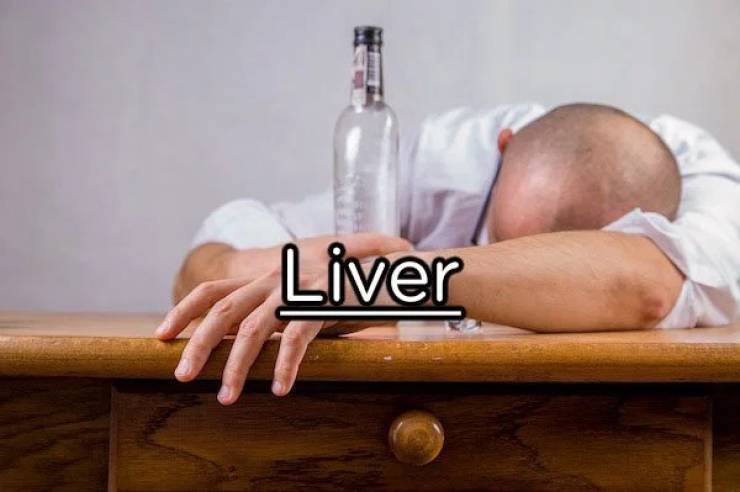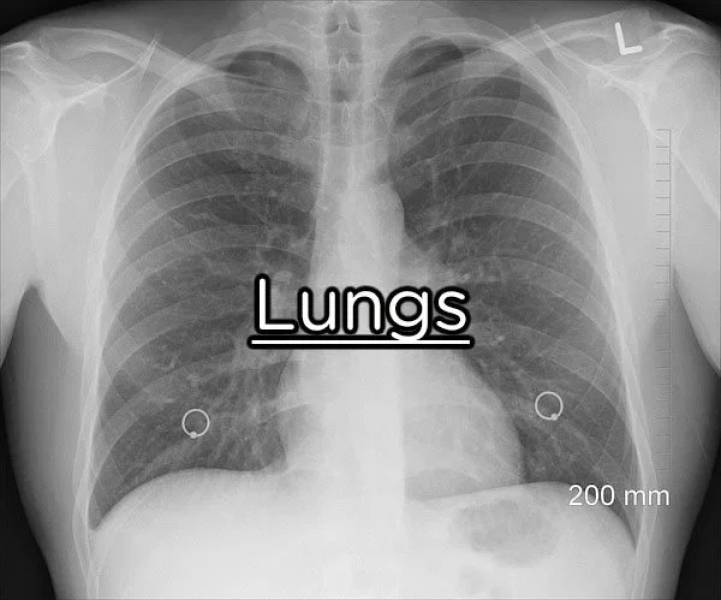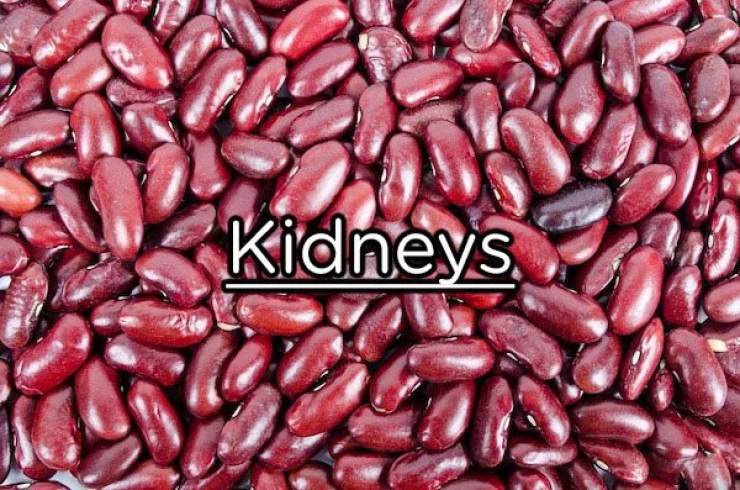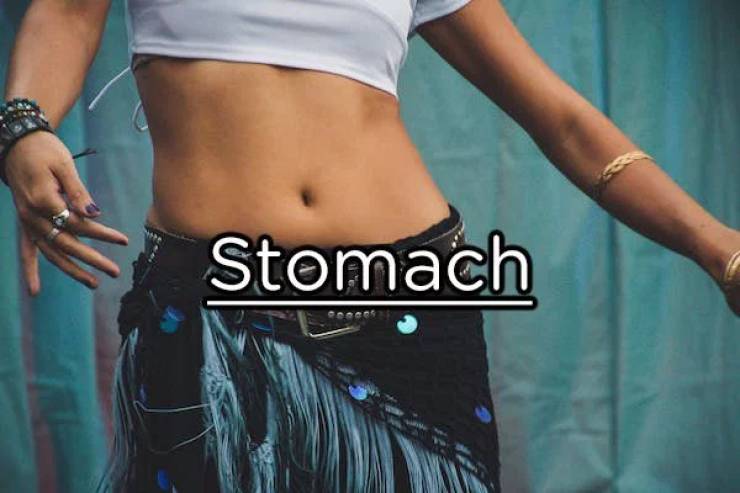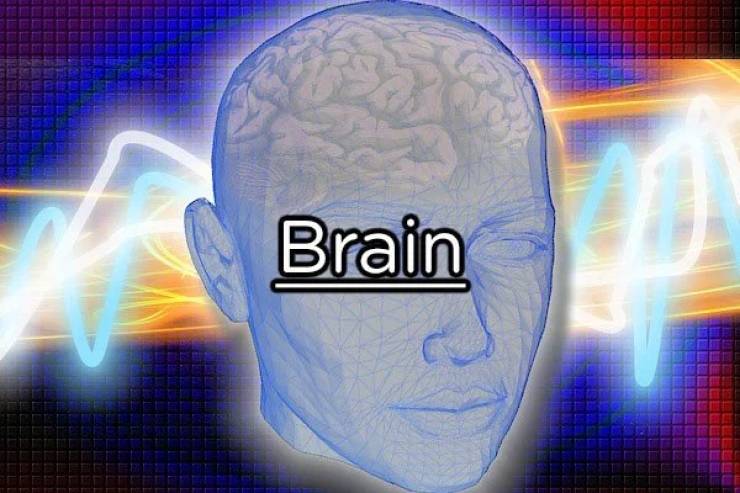The heart creates enough pressure to blast out blood 30 feet high, which is almost as high as an average 3-story building.
On average, a woman’s heart beats faster than a man’s heart. (Unless you’re my ex. Her cold, dead heart stopped pumping a long time ago)
Every day it pumps around 2,000 gallons of blood. Just imagine, 2,000 gallons, every day, it makes more than 700,000 gallons a year and it is just the size of an adult fist. Very busy little pump, isn’t it?
The most multi-tasking organ is the liver. Scientists know about more than 100 different little jobs done by the liver.
A liver can bravely handle very severe damage. It can basically regrow itself, all it needs is 25% of the original tissue.
The ancient Greeks believed that the liver stores all of the human emotions. (Only when we’ve been drinking)
Lungs are so light that they can float on the surface of water.
Every day about 10,000 liters of air pass through our lungs. If the lungs were opened flat they would be as big as a tennis court!
The lungs have taste receptors which can detect bitter tastes.
Lungs play an important role when it comes to talking or even just making sounds.
The main function of the kidneys is to purify blood from waste products. And to succeed at this, each individual kidney has at least one million and up to 2 million special tiny filters, called nephrons.
We don’t really need 2 kidneys, half of one can do just as good a job as 2.
If a child is born with only one kidney, it will grow to the weight of 2 kidneys combined.
Adrenal glands decide for you if it is time to fight or run and they release the “stress” hormone, adrenaline. Adrenaline passes signals to the brain about any potential dangers, and then the brain helps our body to prepare for reacting to or escaping from it.
Adrenal glands release some other important hormones, but in most cases it can make too much of them. If it produces too many androgenic steroids, it can lead to high male characteristics, like baldness and extensive facial hair for both women and men.
After urine gets produced by the kidneys, it’s stored in the bladder.
This organ looks like a hollow bag and it can stretch a lot. The volume of urine that a human bladder can hold is somewhere between a can of soda and a 20-ounce bottle.
An adult bladder looks like a pear in terms of size and shape.
The small intestines got its name because of its width, as it is actually the biggest internal organ in a human body. The small intestine is about 20 feet long and if its surface area was flattened, it would be the size of 2 tennis courts.
It contains about one kilogram of bacteria.
Interestingly, the Japanese have unique microbes their intestines which help to process seaweed quicker.
The stomach has quite the storage capacity, and can change its volume from 1 liter to 4 liters depending on how full it is.
Its acid is so strong that it can dissolve not only your dinner but also some metals.
To protect itself from self-digesting, the stomach has a few layers, each of them plays a critical role, and every 2 weeks the tiny lining layer gets totally regenerated.
On an empty stomach, the acidity of the gastric juices is so high that it can dissolve synthetic plastic.
The brain is perhaps the only organ whose function is still a bit of a mystery. It contains around 100 billion neurons.
The brain doesn’t have pain receptors, in other words, it can interpret pain signals, but it cannot feel pain.
The brain has a memory of around 100 terabytes which makes it a super-computer.
Unfortunately, the opinion that we use only a small part of its ability is just a myth, we use it all, we actually even use about 10% of it when we sleep.
The pancreas has a tail and a head.
We could live without it, but it would not be fun because, although food never goes to this organ, it plays a critical role in digestion with the enzymes it releases.
It has taste receptors that can detect sugar, but it doesn’t send the signals to the brain, like the taste buds on your tongue. Instead it uses this detection to balance the hormones.


